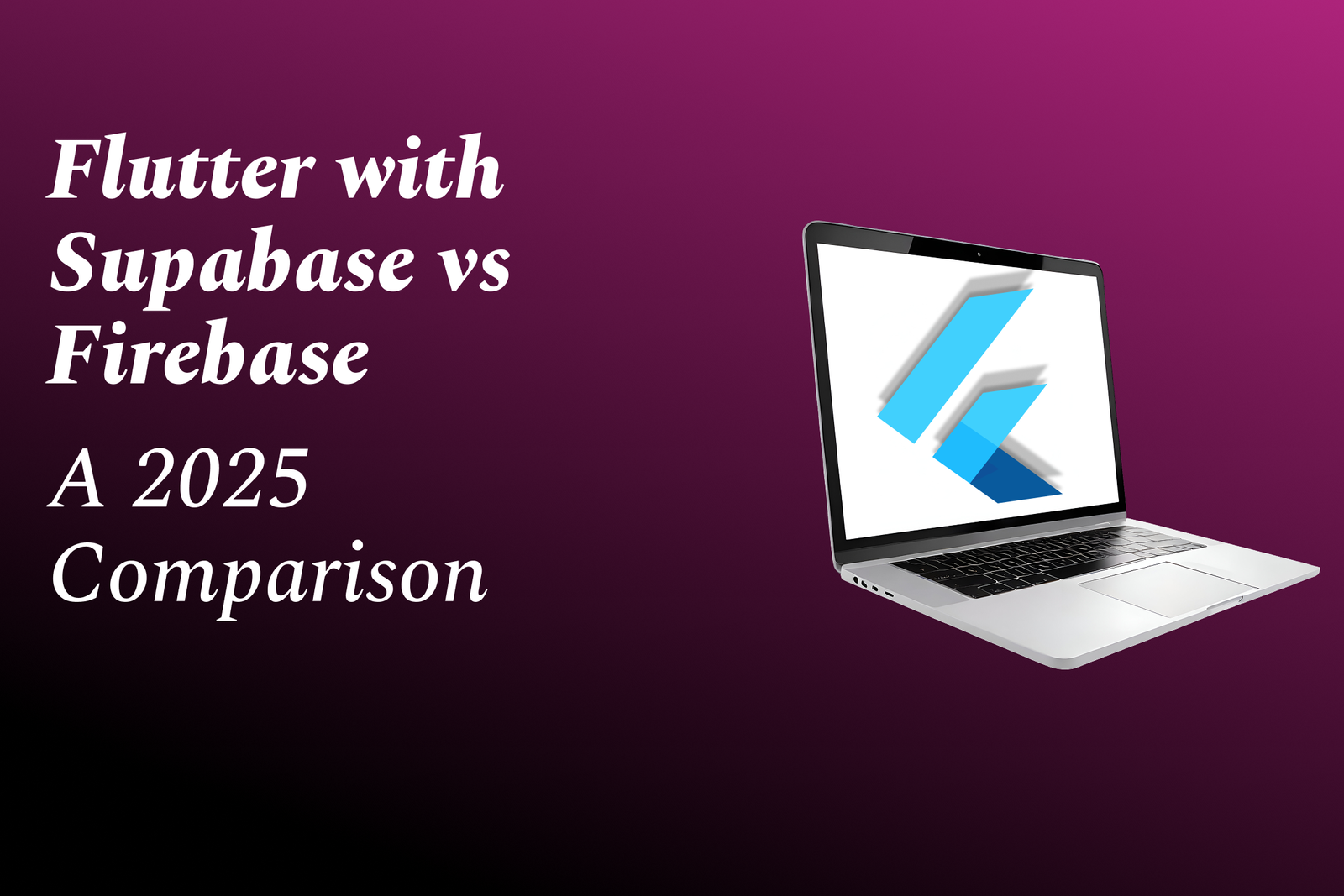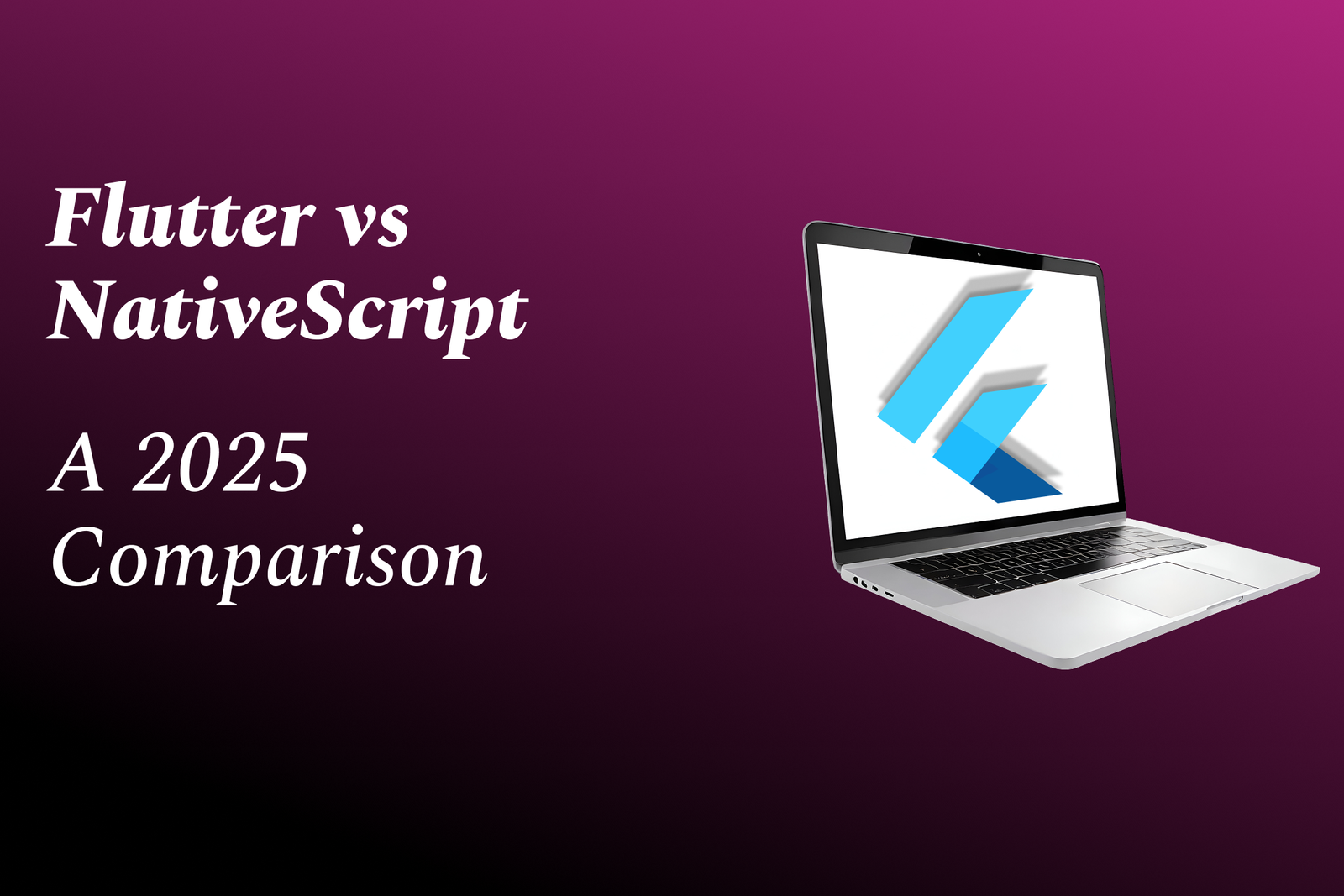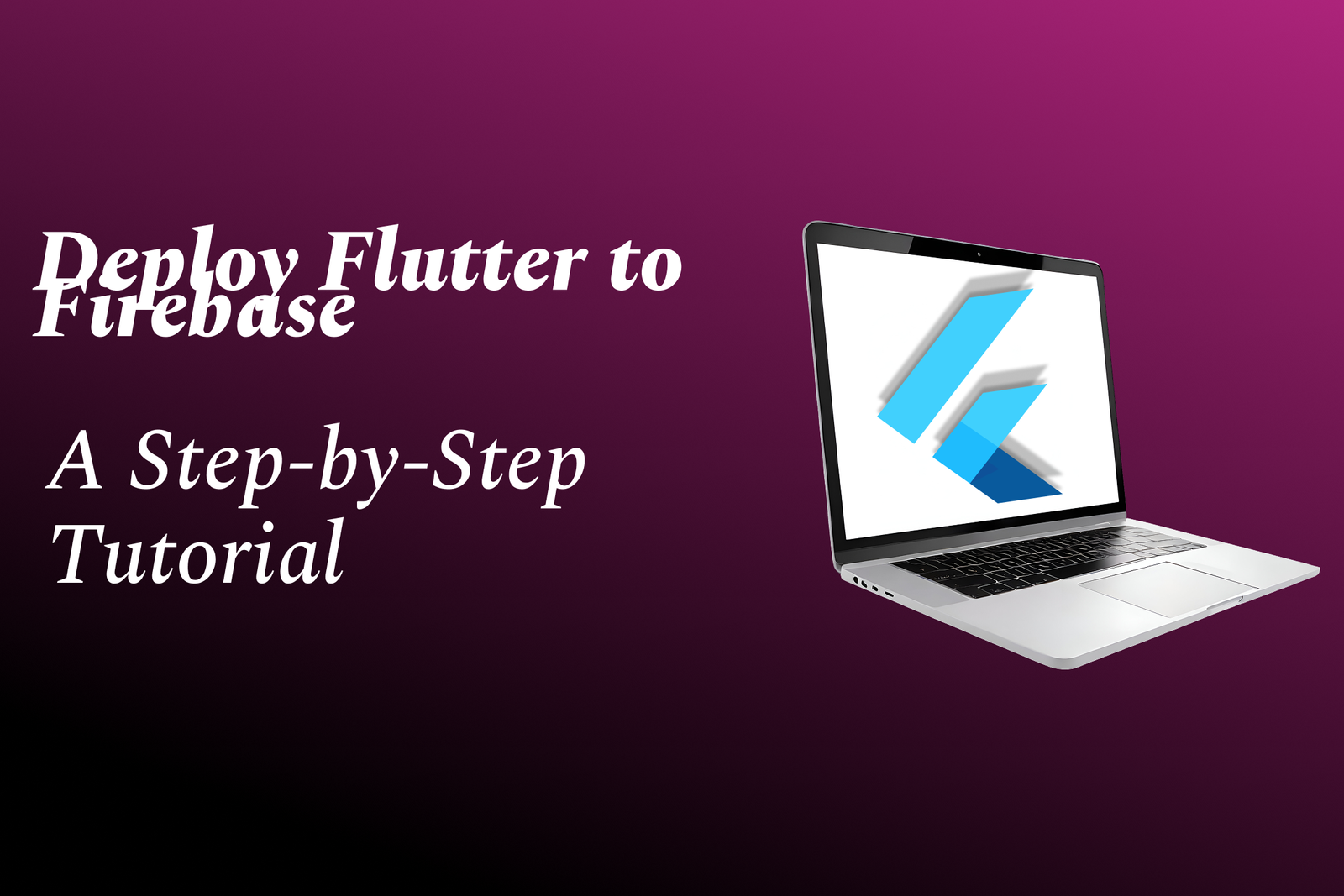Java data binding
Understanding Java Data Binding Techniques
Java data binding
Java Data Binding is a programming technique that facilitates the connection between data sources and user interface (UI) components, efficiently synchronizing data and UI elements within Java applications. This approach minimizes the boilerplate code typically needed for manual updates between the two, allowing developers to focus on the application logic rather than the mechanics of data transfer. In Java, data binding can be implemented using frameworks such as JavaFX's property binding, which offers observable properties that automatically update UI components when data changes. Additionally, libraries like JPA (Java Persistence API) enable effective data management and binding between Java objects and relational database tables, promoting a clean architecture and enhancing maintainability. Overall, Java Data Binding simplifies the development process, improves code quality, and enhances the user experience by ensuring that the UI always reflects the underlying data state.
To Download Our Brochure: https://www.justacademy.co/download-brochure-for-free
Message us for more information: +91 9987184296
1 - Definition: Java Data Binding is a programming technique that allows developers to connect data sources, such as databases or XML files, with Java objects in a way that synchronizes changes between the two.
2) Purpose: The primary objective of data binding is to reduce boilerplate code for managing data state and improve the maintainability and readability of the application.
3) Types of Data Binding: There are generally two types:
One way Binding: Data flows in one direction (from the model to the view).
Two way Binding: Data can flow in both directions, allowing changes in the model to reflect in the view and vice versa.
4) Frameworks: Java offers several frameworks for data binding, including:
JavaFX: Provides built in features for data binding with its properties and binding mechanisms.
JPA (Java Persistence API): Used for binding Java objects to relational database tables.
5) JavaBean Specification: Data binding often involves using JavaBeans, which are classes that follow specific conventions (like providing getter and setter methods) to facilitate data binding.
6) Observable Properties: In JavaFX, properties are observable, meaning that the UI will automatically update when the underlying data changes, leveraging listeners for dynamic updates.
7) Conversion Bindings: Data binding can also involve type conversion, allowing the binding of different data types for UI elements and data sources.
8) Validation: Data binding frameworks often include support for data validation, ensuring that data adheres to specific rules before being accepted.
9) Error Handling: Effective error handling can be integrated within data binding mechanisms to manage and display data related errors gracefully.
10) Event Handling: Java Data Binding usually incorporates event handling, which allows actions to be triggered in response to data changes (like updating a UI element when data is changed).
11) Framework Comparison: Although JavaFX is popular, other frameworks like Spring MVC and Hibernate also provide data binding capabilities, each with its strengths and suited use cases.
12) Performance Considerations: When implementing data binding, students should be aware of performance implications, especially when dealing with large datasets or complex UIs.
13) Integration with UI Frameworks: Data binding in Java can be easily integrated with different UI frameworks, enhancing the user experience by seamlessly updating views.
14) Model View Controller (MVC): Understanding data binding is integral to the MVC design pattern, as it helps in synchronizing the model and view layers.
15) Practical Applications: Data binding techniques are widely used in web applications, desktop applications, and mobile applications to create responsive interfaces that reflect the underlying data.
16) Real World Examples: Provide students with case studies and practical code examples showing how data binding is used in real applications to solidify their understanding.
These points can help structure your training program and provide students with a comprehensive overview of Java Data Binding.
Browse our course links : https://www.justacademy.co/all-courses
To Join our FREE DEMO Session: Click Here
Contact Us for more info:
iOS Training in Ranibennur
Project management foundations
Salesforce course melbourne
learn machine learning free
Flutter Training in Sasaram











